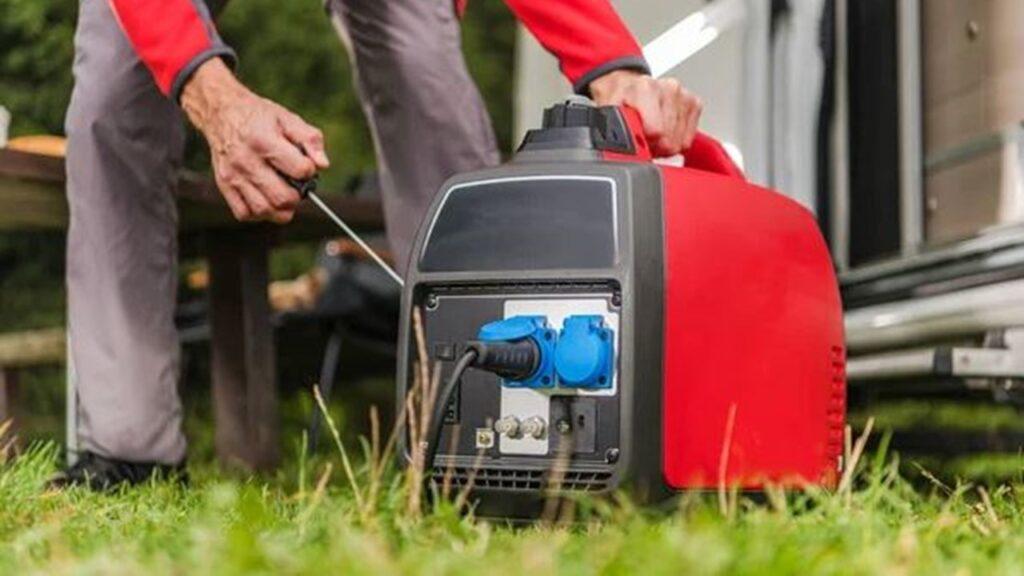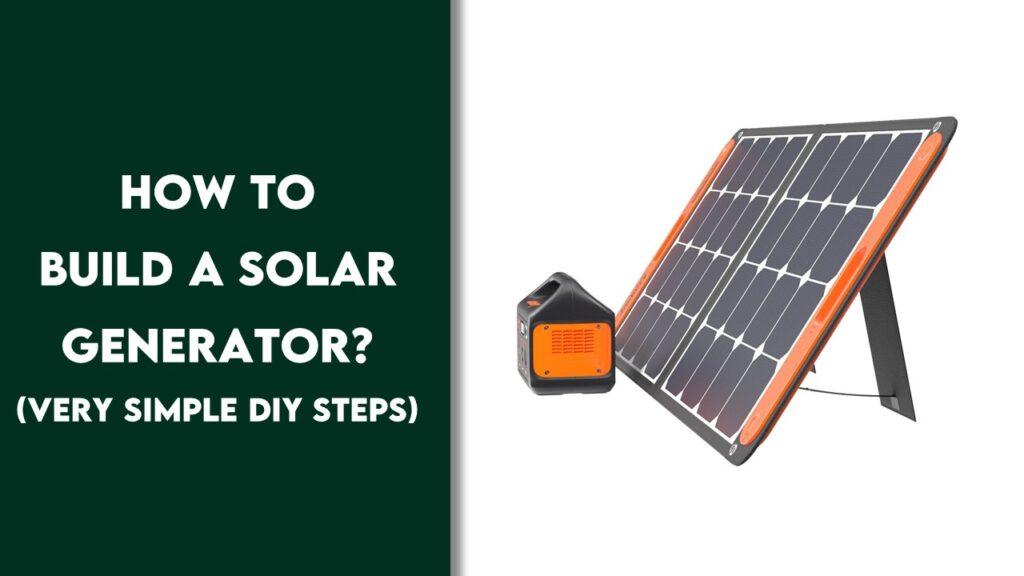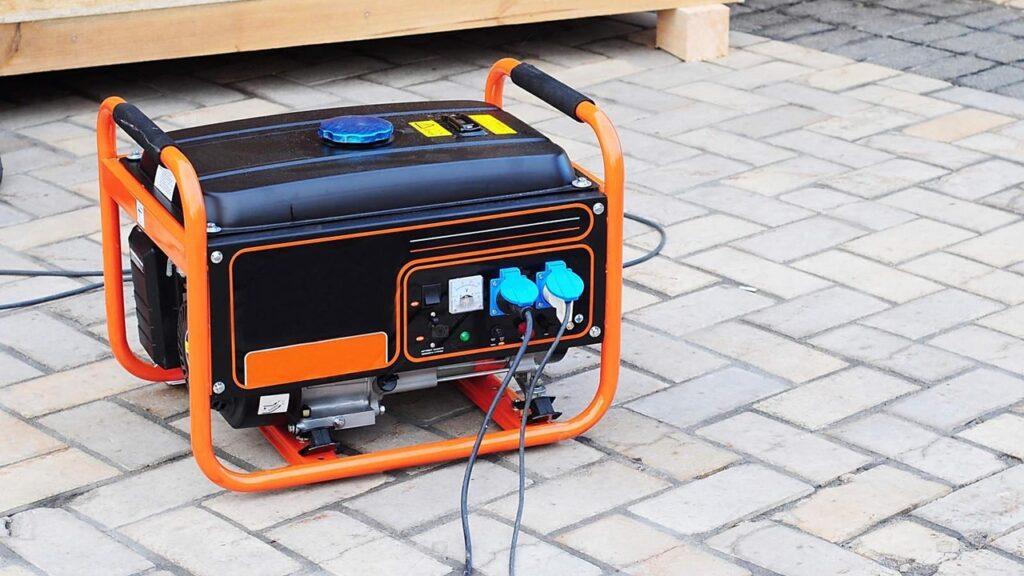
When the power goes out, a generator can be a vital resource, providing electricity to keep your essentials running. However, if not used properly, generators can pose serious safety risks, including the potential for fire, carbon monoxide poisoning, and electrical hazards. This comprehensive guide on “How To Safely Operate A Generator In Home” offers detailed steps and precautions to ensure you can operate your generator safely and efficiently, mitigating risks while maximizing benefits.
Pre-Operation Safety Checklist
Before ever starting your generator, it’s crucial to perform a detailed safety inspection. This pre-operation checklist is designed to safeguard against common hazards and ensure your setup is secure.
- Inspecting the Generator: Before each use, check for any signs of damage or wear, such as fuel leaks or frayed wires. This routine inspection helps prevent potential malfunctions that could lead to serious hazards.
- Setting Up a Safe Environment: Generators should always be operated outdoors, positioned away from windows, doors, and vents to avoid the dangers of carbon monoxide. Placement on a stable, flat surface is also essential to prevent tipping and vibration.
- Personal Safety Gear: Wearing the right safety gear, including gloves and safety glasses, is crucial to protect against burns and electrical shocks during operation.
Ensuring that these steps are followed before starting your generator sets the stage for a safe operation, effectively reducing the risk of accidents and increasing the unit’s efficiency.
Safe Operating Practices
Operating a generator safely involves more than just proper setup; it requires a commitment to ongoing safe practices every time the unit is used. These practices are designed to maintain high safety standards, protect your home, and ensure that your generator remains a reliable source of power without posing any risks.
Starting and Stopping Your Generator
It is crucial to always operate your generator outdoors to prevent exhaust gases from entering your home when using generators for emegency home backup, which can be deadly. Start the generator only after it has been moved outside, and make sure to shut it off before bringing it back indoors, even for storage. When it comes time to refuel, make sure the generator is completely turned off and has cooled down. This reduces the risk of igniting the fuel from hot components, a common cause of fires related to generator use.
Load Management
Effective load management is essential to prevent overloading your generator, which can cause it to overheat and fail. Start by understanding the total wattage capacity of your generator and the wattage requirements of the appliances you need to power. Prioritize essential appliances such as refrigerators, sump pumps, and lights. Avoid connecting non-essential items that could push the generator beyond its capacity. Using a generator load calculator can help manage this balance effectively.
Handling Fuel Safely
The way you store and handle fuel can significantly impact safety. Store gasoline or other generator fuels in containers specifically designed for fuel storage, and keep these containers in cool, well-ventilated areas away from the house and any other heat sources. Never refuel a running or hot generator, as this can lead to fuel spills on hot components, causing dangerous fires. Also, always use a funnel to prevent spills when transferring fuel into the generator.
Monitoring and Adjusting During Use
Regularly monitor your generator while it is running to ensure it operates within safe parameters. Watch for signs of overheating, unusual noises, or a drop in performance, which could indicate a problem. Adjust the load as necessary, especially if the generator appears to be struggling, to prevent damage and maintain safe operation.
Emergency Shutdown Procedures
Familiarize yourself with the emergency shutdown procedures for your generator. In case of an emergency, such as fuel leakage, fire, or rapid overheating, knowing how to quickly and safely shut down your generator can prevent catastrophic outcomes. Keep accessible fire extinguishers nearby as an additional safety measure.
Adhering to these safe operating practices is essential not only for the longevity of your generator but also for the safety of each use. By consistently following these guidelines, you can ensure that your generator operates efficiently and safely, providing reliable power without posing risks to your home or family. Remember, the key to safe generator use is vigilance and preparation, ensuring a secure environment every time you start the engine.
Dealing with Common Hazards
Awareness and preparation for common generator hazards are key to preventing emergencies and maintaining a safe home environment.
- Carbon Monoxide Poisoning Prevention: Carbon monoxide detectors should be installed and regularly tested in your home. Never ignore the alarm—immediate action can be life-saving.
- Overheating: Ensure that your generator has adequate ventilation to prevent overheating. Keep it clear of any obstructions that could restrict airflow.
- Electrical Hazards: Use only outdoor-rated, heavy-duty extension cords for your generator. Keep all connections dry and elevated off the ground to avoid potential electrocution.
Actively addressing these risks greatly minimizes the potential dangers associated with using a home generator, ensuring a safer operation environment.
Routine Maintenance for Safety
Maintaining your generator through regular check-ups and cleanings is crucial for safe and efficient operation.
- Regular Inspection Schedule: Conduct regular inspections and replace your generator’s oil and filters as needed. This ensures optimal engine performance and longevity.
- Cleaning Your Generator: Keep the generator clean and free from debris, which can catch fire and lead to hazards.
- Professional Servicing: Have your generator professionally serviced at least once a year to catch issues that may not be apparent during regular home inspections.
A well-maintained generator is more reliable and safer to use. These maintenance practices help ensure that your generator is ready to perform safely when you need it most.
Legal and Ethical Considerations
Complying with local laws and considering ethical standards when using a generator ensures that you remain a good neighbor and a responsible community member.
- Noise Compliance: Respect local noise regulations by using a generator equipped with a muffler to minimize disruption.
- Emission Standards: Adhere to environmental regulations concerning emissions from your generator to minimize your environmental impact.
Understanding and adhering to these legal and ethical considerations promote responsible use of your generator, ensuring that your practices are compliant and considerate of others.
Wrapping It Up!
Operating a generator safely requires careful attention from the moment you choose your generator to each use. By following these detailed guidelines, you can ensure your generator provides reliable power without endangering your safety or that of your community. Regular maintenance, strict adherence to safety protocols, and compliance with legal standards are all part of responsible generator use. With the right practices in place, you can confidently use your generator as a safe and effective power source during outages.
Related FAQs
Can I Run My Generator Overnight?
It is not recommended to run a generator overnight due to the risks of carbon monoxide poisoning and overheating.
How Often Should I Replace the Oil in My Home Generator?
Replace the oil in your home generator after every 50-60 hours of use, or according to the manufacturer’s guidelines.
What Should I Do If My Generator Won’t Start?
Check the fuel level, ensure it has fresh oil, and inspect the spark plug. If it still won’t start, consult the manufacturer’s troubleshooting guide or a professional.
Is It Safe to Plug a Generator Directly Into My Home’s Wiring System?
No, plugging a generator directly into your home’s wiring without a transfer switch is unsafe and can cause backfeed, risking severe injury or death.
How Far Should the Generator Be From My House?
Place the generator at least 20 feet away from your house with the exhaust facing away from windows and doors to prevent carbon monoxide poisoning.
At our core, we’re a group of passionate generator, inverter, solar energy, battery enthusiasts. We dive deep into the world of tech, especially when it’s about powering your home, RV or outdoors. We try to provide as much value to the readers with our information and how to blog articles as possible. For affiliate articles our honest and transparent reviews of essential tech products are rooted in real-world experience. We take great satisfaction in offering unbiased evaluations, ensuring that you can make informed decisions when investing in your desired techs.




